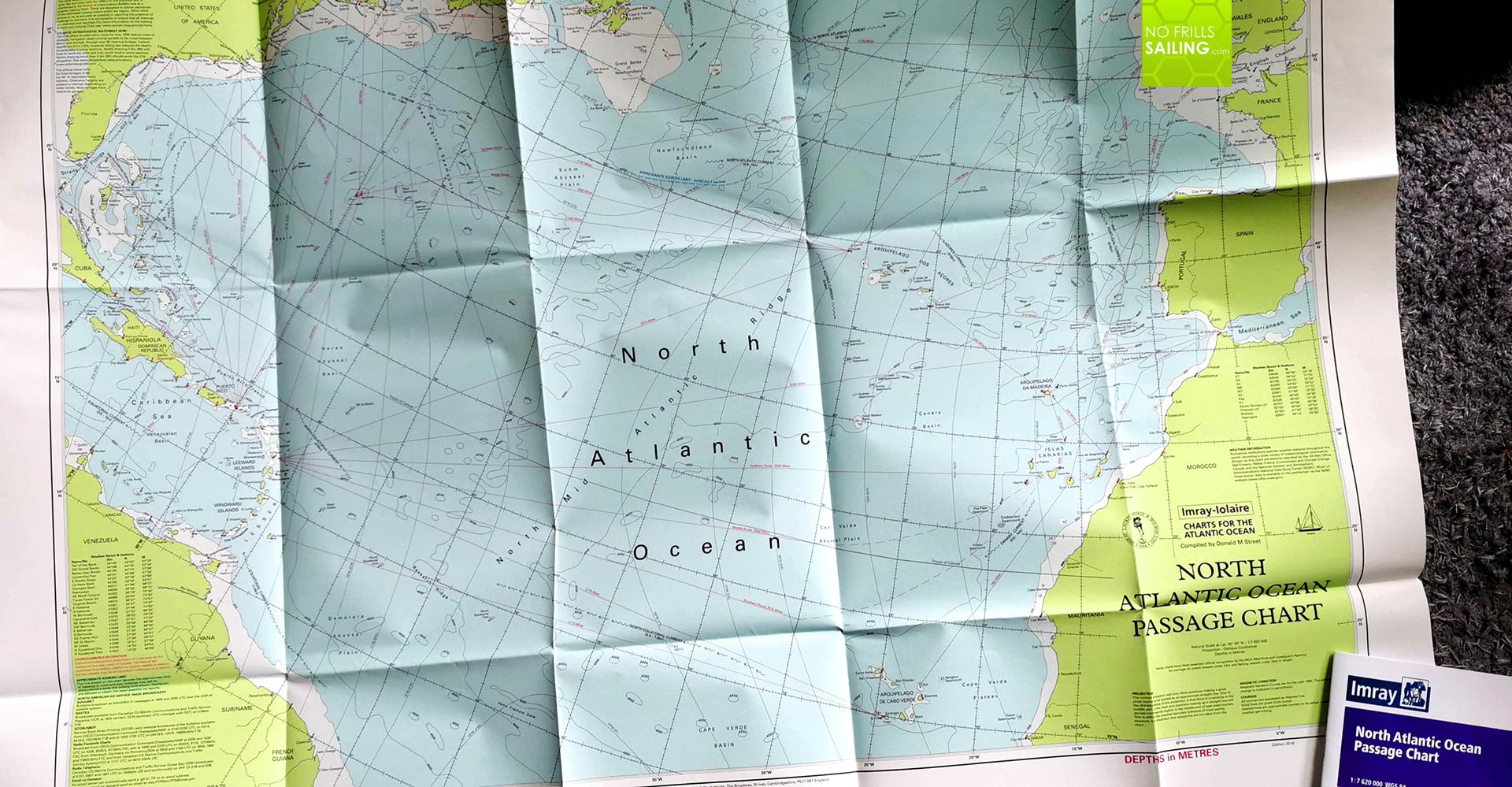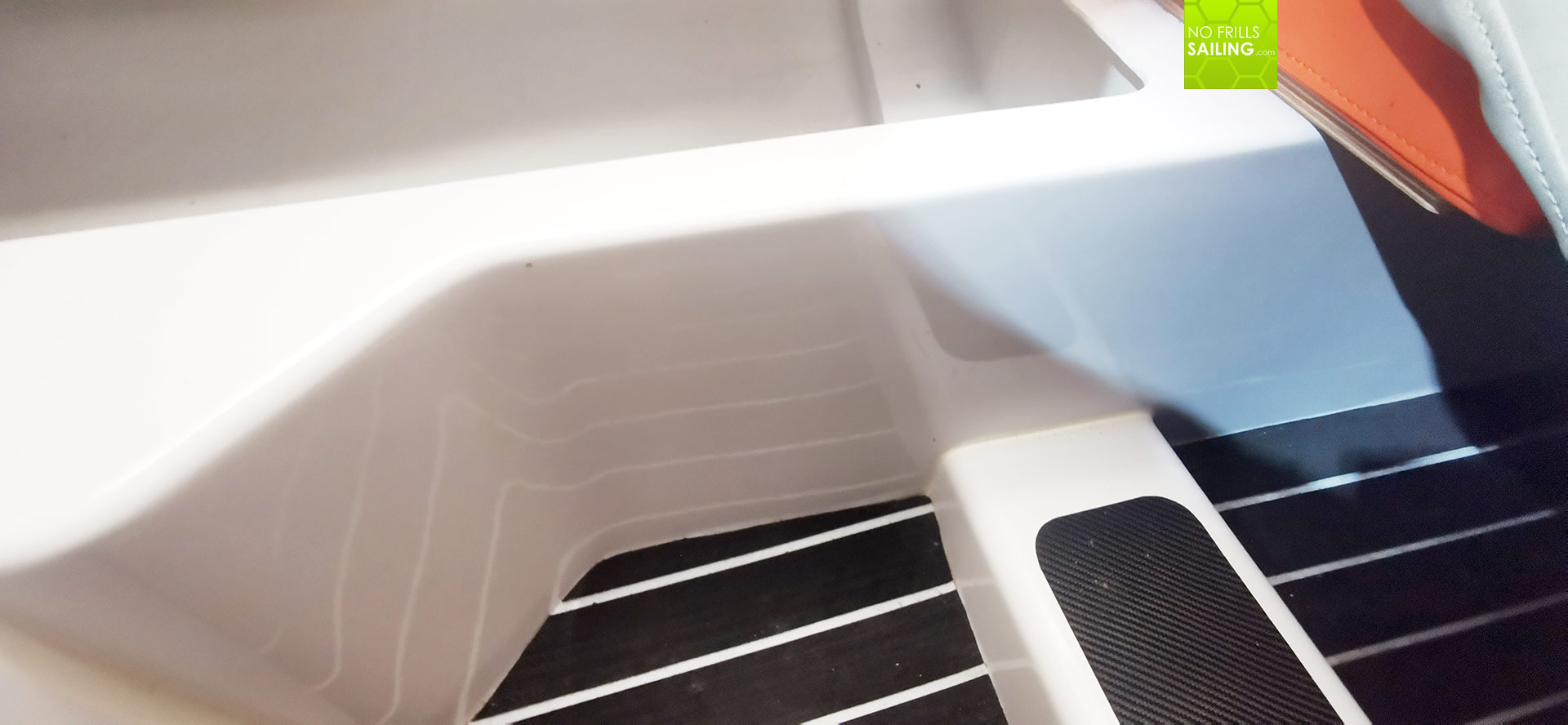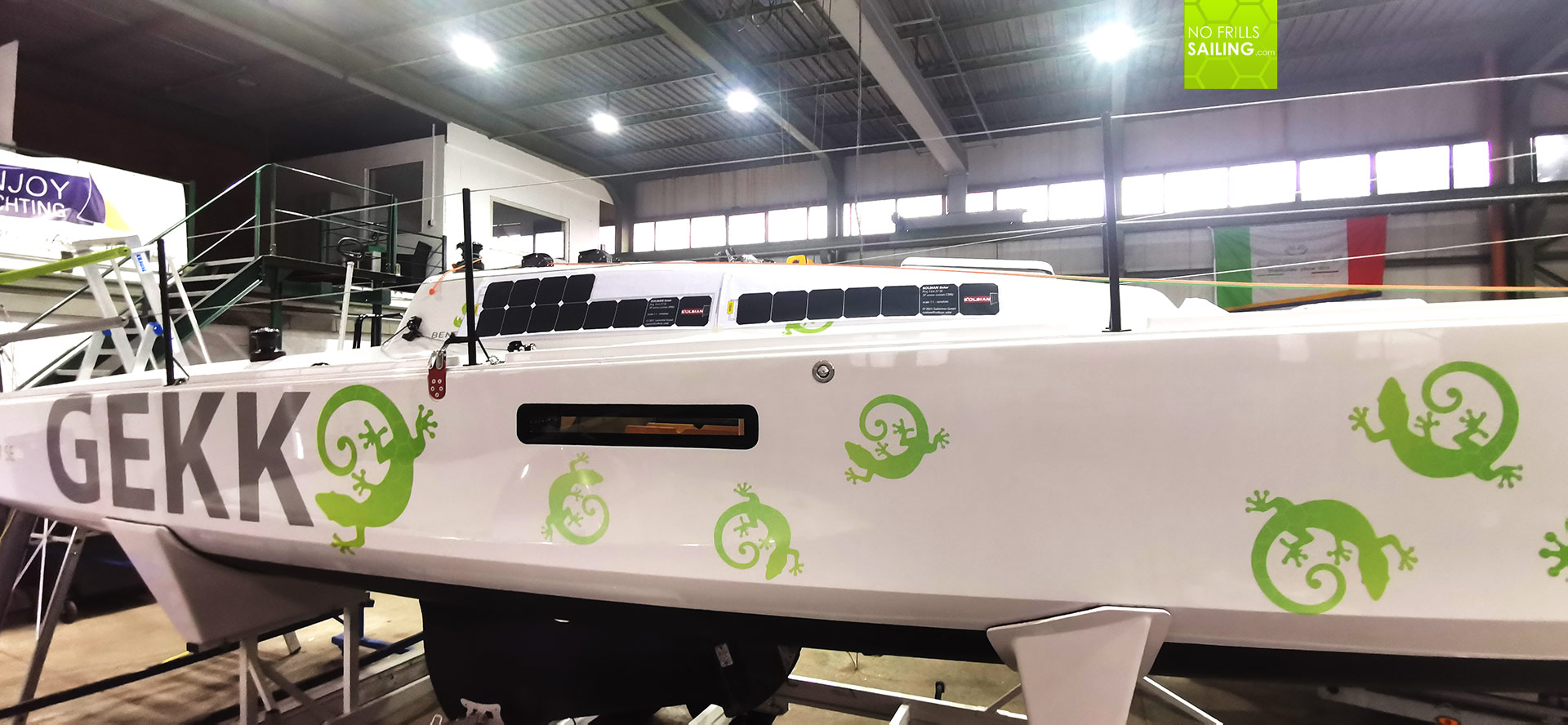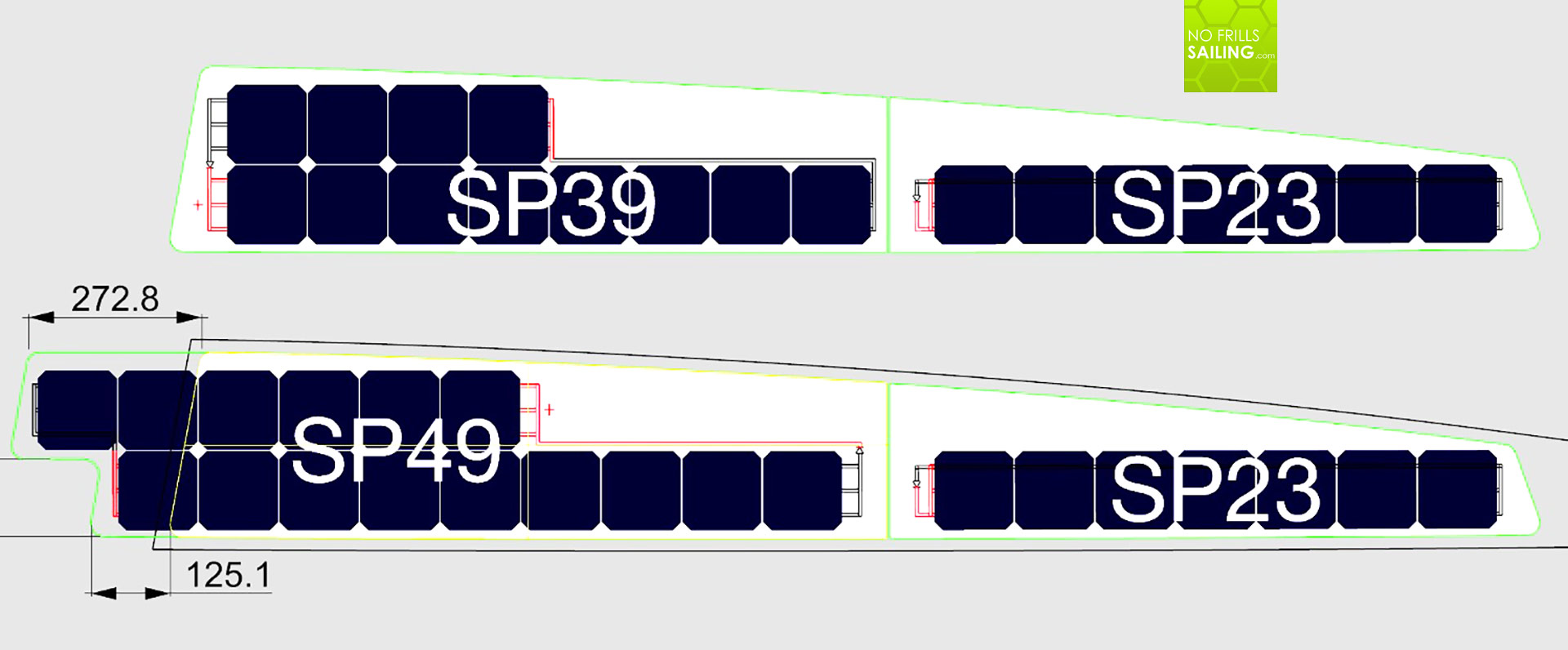It is now a few weeks after I´ve made my final decision – and of course got the Go! by my boss – to start the transat-crossing project, which I call the #atlanticloop. My enthusiasm is undamped and the spirits are high as always, but, I must say, I also slowly but surely begin to really understand the immensity of this venture. Getting my boat ready to take on this 3.000 mile leg over the Atlantic Ocean is a huge task. Last week the Imray 100 arrived: Looking at this paper chart makes me realize how vast this trip in reality is.

Of the almost 7.600 miles I have been sailing on boats and yachts since I started to call myself a “sailor” the crossing of the Atlantic Ocean alone is one half of all the miles I have done so far in my life. It´s huge! But I tackle this task like I always do: Staying calm and in a orderly manner. One of the big things is my boat: GEKKO is an electric boat, if you can call it, and so making her ready take on this huge leap over the ocean is in itself one task of its own. “Energy management” is what concerns me most. And here´s why.
Solving the Battery Contradiction
On an ordinary, classic sailboat a Diesel engine functions as the primary energy source. Taking with you enough carburants is an easy, convenient way to make sure that all current consumers aboard, starting with the chart plotter, position lights, fridge and such always find enough power inside the batteries to be running all the time. And we are talking of 22-25 days as a normal duration of an Atlantic crossing. Not so with my boat: I do not have an internal combustion engine. I have to be very, very cautious with my energy management.

Here´s the thing: The funny, kind of ridiculous thing is that my “powerhouse”, the Torqeedo WH 48-5000 lithium battery is a real big guy. That is a huge battery capable of delivering 5000 Watt-hours of power. This is a load of power! But currently this battery only feeds one consumer: The Torqeedo Cruise 4.0 engine. The battery feeding all the other amenities on board, such as the auto-pilot, the above mentioned plotter – well, essentially all of the rest, is just s small, ordinary lead-battery, delivering just 75 amp-hours. And here´s the contradiction: I will never use the Torqeedo engine during the crossing but have to use the plotter and – most important – the auto-pilot all of the time.

The solution: A DC/DC transducer. The idea is that the big battery, the WH 48-5000, will feed power into the small battery. This is the only way. As I have no means of connecting the shore power cable, that´s the logical solution. So I bought the Victron transducer after being green-lit by a keen Torqeedo battery-engineer with whom I discussed the matter. The transducer will transform 48 Volt current down to 14 and constantly replenish the domestic battery.

But where to install? The transducer is not a big nor a heavy piece of equipment but it needs a place where to be installed. I opened the port-side bench under which the domestic battery is already installed. Here we find the shore power connector as well as the charger-unit for the small battery. My colleague already fitted the much larger charger for the Torqeedo here. The is still some space left for the transducer and it might find its place here. But I am a bit reluctant …

During summer time when I was on GEKKOs maiden voyage, at one night, I couldn´t find a good night´s sleep due to a constant “click”. Eventually I plucked up my courage and went on to search for the source of that enervating noise: It came from right here, the one stowage for electric equipment. I was a switch inside the – boiling hot! – charger unit for the Lithium-battery. The temperature underneath the seating cushion was (and I am not exaggerating here!) hot as hell, I burned my fingertips touching the charger. So I kept it open after disconnecting shore power. So I guess I will need to fit some sort of ventilation to the GRP-box first. Sailing the Atlantic Ocean and the Caribbean will mean sailing in high temperature zones. Well, that´s what I like when working with boats: Mostly one job creates two more …
Even more Solar-Power!
Now, you might ask, if the big battery chargers the small one, what will charge the big battery then? Well, the sun, obviously! You may have read the articles on #solarpower on sailboats before and may know that I already upgraded the standard solar panel installed by the yard (50 Watt-peak) to be substituted by a custom-made solar array of 138 Watt-peak, which is a 2.7 fold in capacity. Second step was adding another two more panels to either sides of the superstructure putting 61 Watt peak (times two) on the boat.

As usual, Solbian sent the 1:1 gauge models of the new modules to check if measurements meet the actual requirements and today I cut out the panels and fitted them to the boat. I was astonished. Although being very careful when making my first measurements it turned out that there actually was again some space left to use and I texted to Michael Körner, CEO of Solbian Germany, that we maybe can increase the number of solar-cells here.

It did not take him 5 minutes to send an updated plan suggesting 3 more cells to either side. That might not seem much and indeed this is “just” 10 Watt-peak increase from 138 to now 71 Watt-peak but this is how you do it. You fight for every single cell and I am sure in the end this is what will make the difference. Having 209 Wp at hand at all times (one of the sides will always be in the shade) is a difference indeed and it will help to boost recharging time of the big battery.

Solbian has now a definitive Go! to produce the two more modules. I will start fitting the first modules next week and install the DC/DC-transducer as well prepare the installation of the internal infrastructure. That is all the wiring and the fitting of the now three solar-chargers. Surely this will mean a huge step up in energy-management and finally connect both circuit to just one, interdependent circle. From that base onwards I can then plan a backup-system (that could be a small int.combustion-generator) and at least one redundancy for the autopilot. But that, for sure, is another story.
You might as well find interesting:
All articles regarding solar power-upgrades in my First 27 SE
All articles on the #atlanticloop
First 500 Miles in my First 27 SE
